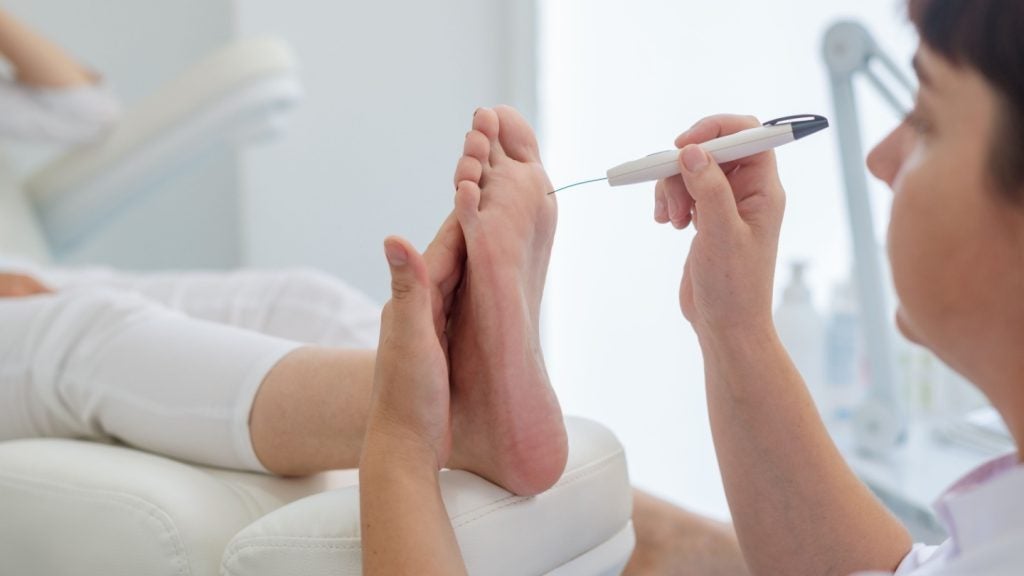Xenex has announced that its germ-zapping robot called LightStrike is now being deployed at all campus locations of California Pacific Medical Center (CPMC) hospitals to help curb the spread of infectious diseases.
This mobile robotic device is used in intensive care units, medical surgery units, operating rooms and in rooms where patients suffer from Clostridioides difficile (also known as C.diff), Methicillin-resistant Staphylococcus aureus (MRSA) and other microorganisms.
CPMC is a part of Sutter Health’s integrated network of care in Northern California.
So far seven robots are in operation.
This robot emits dozens of bright pulses of (UV) light per second that bounce into walls, floors, ceilings and hard-to-clean places where manual cleaning might miss.
The UV light is absorbed by and fuses the DNA of microorganisms, thereby causing the cell to break apart and dissolve, in turn deactivating pathogens.
How well do you really know your competitors?
Access the most comprehensive Company Profiles on the market, powered by GlobalData. Save hours of research. Gain competitive edge.

Thank you!
Your download email will arrive shortly
Not ready to buy yet? Download a free sample
We are confident about the unique quality of our Company Profiles. However, we want you to make the most beneficial decision for your business, so we offer a free sample that you can download by submitting the below form
By GlobalDataWith this system, a patient’s room can be disinfected in less than 15 minutes.
The LightStrike robot is, however, not a replacement for manual disinfecting and cleaning by staff. It serves as another tool used in the hospitals to boost staffs’ efforts to combat infectious diseases.
Internal data indicates a decline in infectious diseases at CPMC due to an overarching effort related to training, improved hand hygiene, and diligence in disinfecting patient rooms after discharge, which includes the use of the Xenex technology.
Sutter Medical Center, Sacramento and Sutter Roseville Medical Center, which are CPMC’s sister hospitals, also use the Xenex Germ-Zapping Robots.







